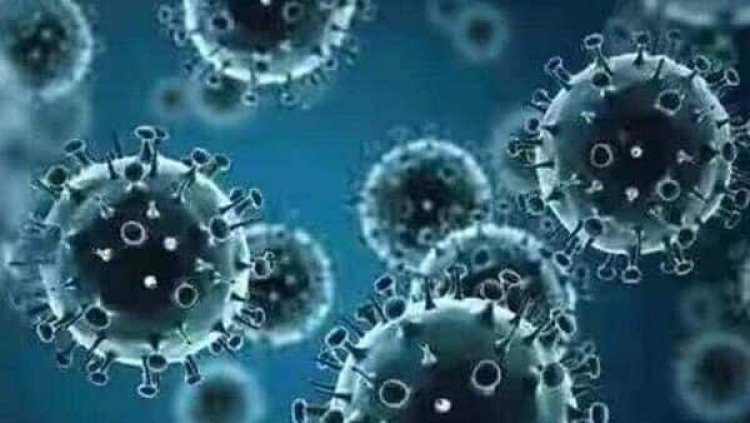H3N2 Virus Influenza (A) : What are it's symptoms, method of spread, dos and don'ts
India is witnessing rising cases of H3N2 virus which is a subtype of Influenza (A) . The hospitals in the country is reporting thousands of cases of people getting infected by the virus

India is witnessing rising cases of H3N2 virus which is a subtype of Influenza (A) . The hospitals in the country is reporting thousands of cases of people getting infected by the virus.
According to the Indian Council of Medical Research (ICMR) ,in H3N2 virus infected patients , 92% have fever, 27% breathlessness, 86% have cough and 16% have wheezing.
The ICMR said,"About 10% of patients suffering severe acute respiratory infections caused by H3N2 needed oxygen and 7% required ICU care. "
What is this H3N2 virus and what are it's symptoms?
H3N2 is a subtype of viruses causing influenza. The virus can infect birds and mammals. It derives it's name from two kinds of protein present on the surface of its coat, hemagglutinin (H) and neuraminidase (N).
The symptoms include
- fever
- cough
- nausea
- vomiting
- diarrhea
- runny nose
- sneezing
- muscle and body aches
- sore throat
- Abdominal pain
- Itching or pain in the ears
The H3N2 influenza virus is associated with a viral infection that can lead to a prolonged and severe cough lasting for approximately two weeks. This strain of the flu has the potential to cause significant illness and pose a risk to individuals who are considered high-risk patients.
Pregnant women, older people kids under five years, individuals suffering from ailments of persistent heart and liver, people taking steroids and people having AIDS and HIV are some high-risk groups.
What is the method of spread of the virus?
It spreads from Individual to Individual transmission of respiratory drops. The H3N2 influenza virus is known for its rapid spread, especially in densely populated areas such as nursing homes, workplaces, public transportation, and schools.
When an individual who is infected with the virus coughs or sneezes, tiny droplets containing the virus are released into the air. These droplets can travel a distance of up to one meter and infect nearby individuals when they breathe in the airborne particles.
Another mode of transmission is through physical contact. If you come into contact with a contaminated surface or object and then touch your face, you can become infected.
Dos and don'ts
Dos
- Practice frequent handwashing using water and soap.
- Cover your mouth and nose with a tissue or your elbow when coughing or sneezing.
- In crowded areas, ensure you wear masks to protect yourself and others.
- Stay hydrated by consuming an ample amount of fluids throughout the day.
- Take only prescribed medications, like paracetamol, to alleviate fever and body aches.
Don'ts
- shaking hands or other contact-based greetings.
- Refrain from spitting in public areas, as it can contribute to the spread of germs.
- Avoid self-medicating with antibiotics unless specifically prescribed by a healthcare professional.
- When eating, try to maintain distance from others or avoid crowded settings.
- Minimize touching your mouth and nose unnecessarily






































